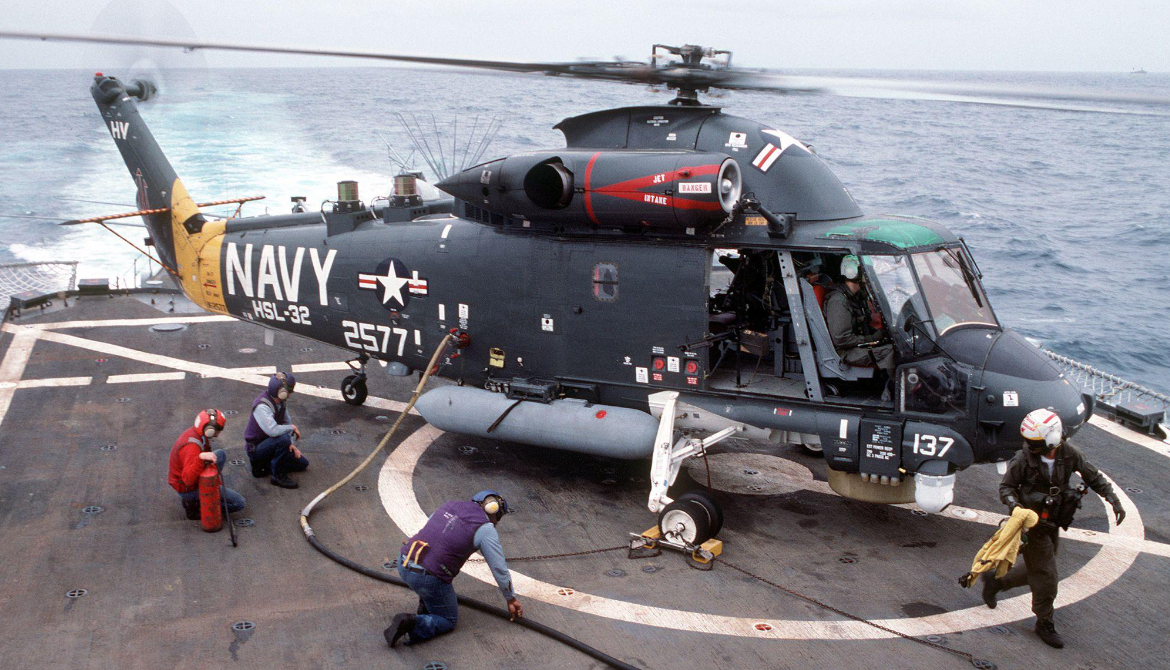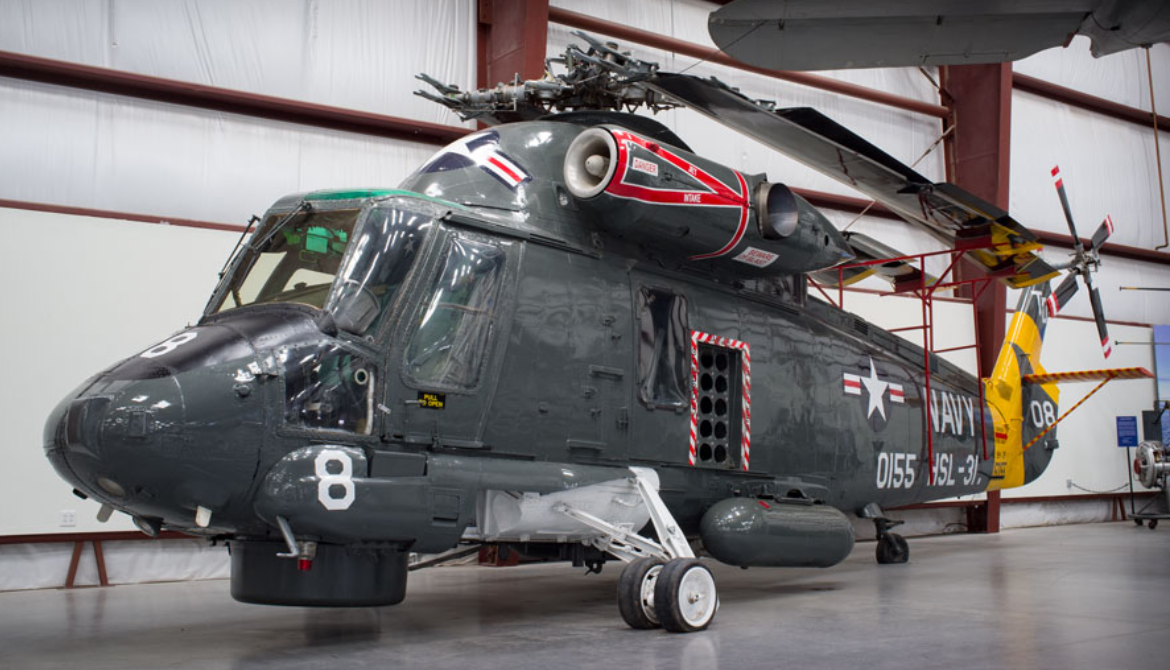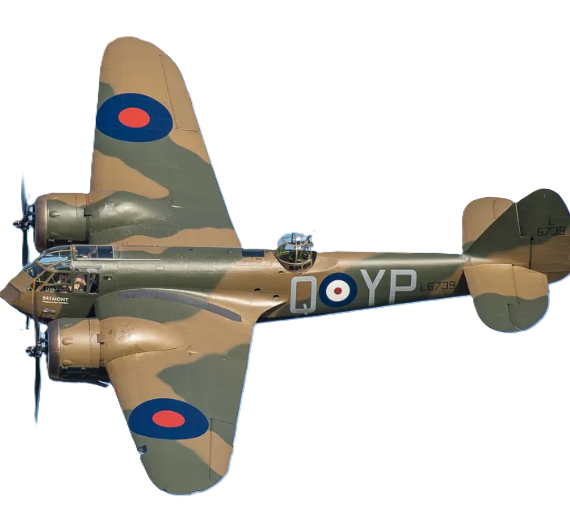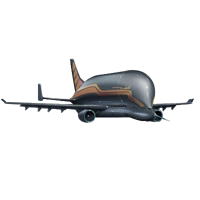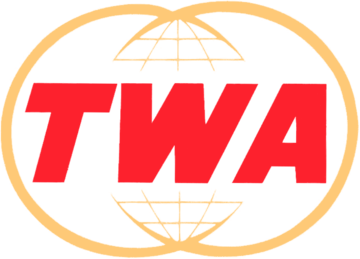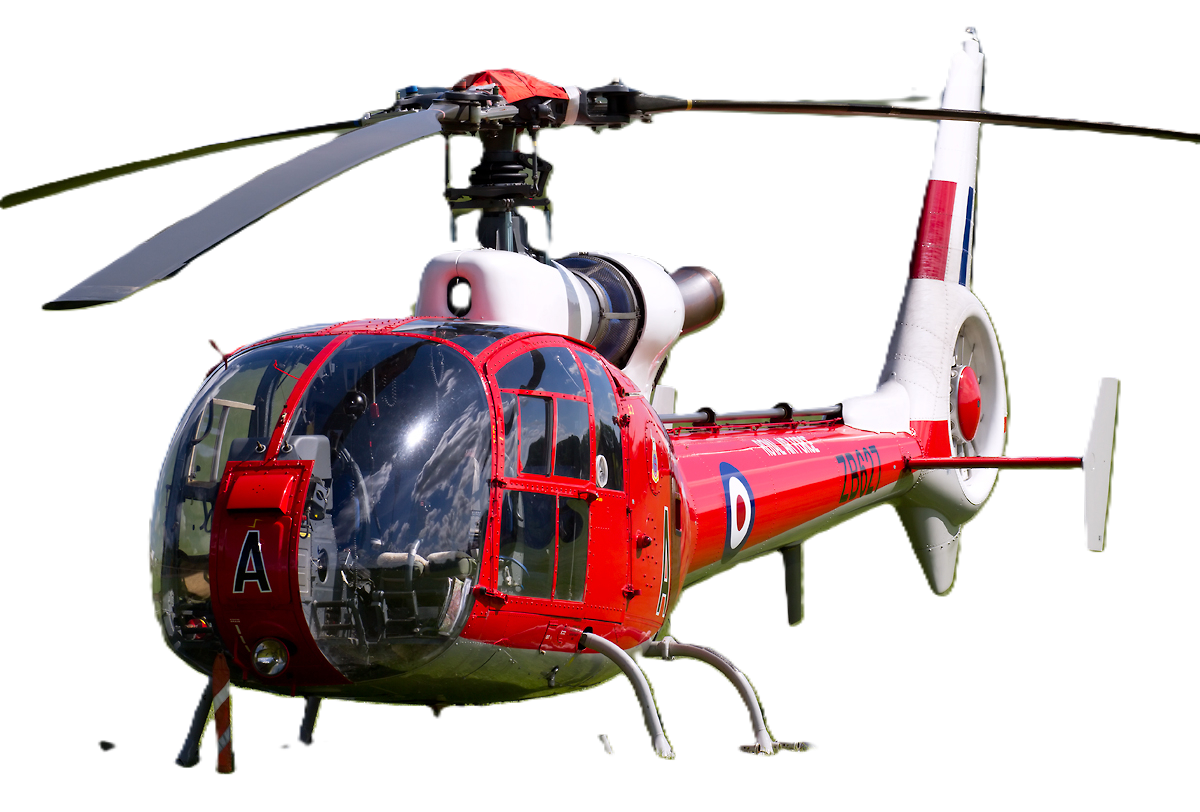Kaman Aerospace
SH-2 Seasprite
| SH-2F Seasprite of the US Navy | |
| Role | Anti-submarine warfare helicopter |
|---|---|
| Manufacturer | Kaman Aircraft Corporation |
| First flight | 2 July 1959 (HU2K-1) |
| Introduction | December 1962 |
| Retired | 1993 (F United States Navy) 2001 (G USN)2008 Royal Australian Navy |
| Status | Partially Retired;G model in service |
| Primary users | United States Navy (historical) Royal New Zealand Air Force Polish Navy Egyptian Navy |
| Produced | 1959-19691971-1990s F/G model and conversions |
| Number built | 184 |
| Variants | Kaman SH-2G Super Seasprite |
.
History Kaman Aerospace
Kaman SH-2 Seasprite

The Seasprite, with the internal Kaman designation K-20, was developed in the late 1950s in response to a United States Navy (USN) requirement for a suitably fast and compact naval utility helicopter. The USN found the Seasprite attractive, and ordered four prototypes and an initial batch of 12 production helicopters as the HU2K-1. Under the 1962 United States Tri-Service aircraft designation system, the HU2K and HU2K-1 were re-designated as H-2 and UH-2A respectively. Kaman also pursued foreign sales; after showing interest, the Royal Canadian Navy (RCN) rejected the Seasprite due to an unexpected price increase and underperformance during sea trials. The USN addressed the poor performance by converting the single-engine Seasprites into a more powerful twin-engine configuration from 1968.
The Kaman SH-2 Seasprite is a ship-based helicopter originally developed and produced by American manufacturer Kaman Aircraft Corporation. It has been typically used as a compact and fast-moving rotorcraft for utility and anti-submarine warfare (ASW) missions. Early on it was modest sized single-engined naval utility helicopter, and progressed to twin-engine ASW and SAR, and the latest model served well into the 21st century, with G model in active service in the 2020s with Egypt, New Zealand, Peru, and Poland.
Design and development

Origins

0
KmCeiling
0
KmCombat RANGE
0
Km/hAircraft Speed
0
Max Crew
Photo Gallery
Kaman Aerospace
Kaman SH-2 Seasprite

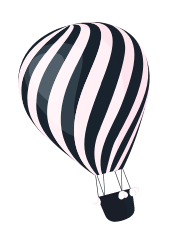
Kaman Aerospace
Kaman SH-2 Seasprite
General Info
-
-
- Crew: 3 (Pilot, Co-pilot/Tactical Coordinator (TACCO), Sensor Operator (SENSO))
- Capacity: 1 pax with litter patient (with LAMPS installed) / 4 pax and two litter patients (with Sonobuoy launcher removed)
- Length: (11.68 m) and blades folded
- Height: (4.14 m) to top of rotor head
- Empty weight: 7,040 lb (3,193 kg)
-
Powerplant
-
- Powerplant: 2 × General Electric T58-GE-8F turboshaft engines, 1,350 shp (1,010 kW) each
- Main rotor diameter: (13.41 m)
- Main rotor area: 1,520.53 sq ft (141.262 m2) 4-bladed main and tail rotors
- Rotor blade section: - root: KM23014.86; tip: KM23011.47
-
Performance
- Maximum speed: 265 km/h) at sea
- Cruise speed: 240 km/h)
- Range: 680 km) with maximum fuel
- Endurance: 5 hours with 2 l tanks
- Service ceiling: 22,500 ft (6,900 m)
Related development
-
- Hardpoints: 2× side fuselage mounting stub/pylon stations
- Missiles: Non-US aircraft carry a variety of guided missiles, including the AGM-65 Maverick (often used in the anti-ship role) and dedicated anti-ship missiles.
.
Links to Youtube & Others
The UH-2 entered operational service with the USN in 1962. The single engine greatly restricted performance. Kaman was ordered to convert all of the Seasprites to a twin-engine configuration. The upgraded helicopters had a 130 knots (240 km/h) airspeed and a 411 nautical miles (761 km) operating range.[2] The USN operated nearly 200 Seasprites in multiple roles, including ASW, SAR, and utility transport.[
AgustaWestland
AgustaWestland AW109
During the late 1990s, the United States decided to offer the surplus U.S. Navy SH-2Fs as foreign aid to a number of overseas countries
Youtube Link
During the late 1990s, the United States decided to offer the surplus U.S. Navy SH-2Fs as foreign aid to a number of overseas countries


